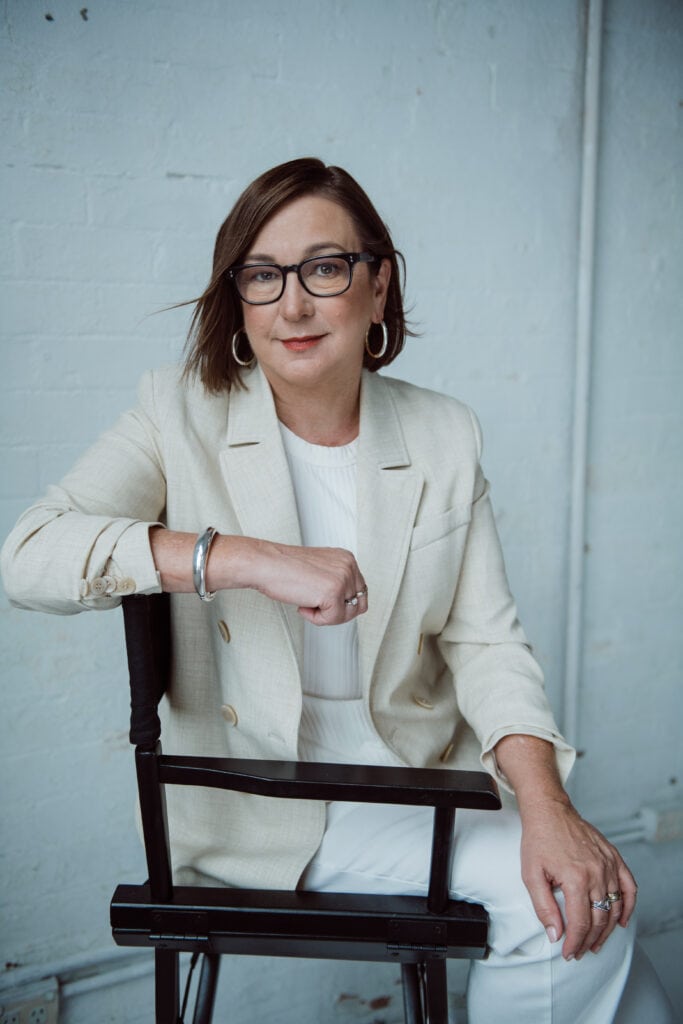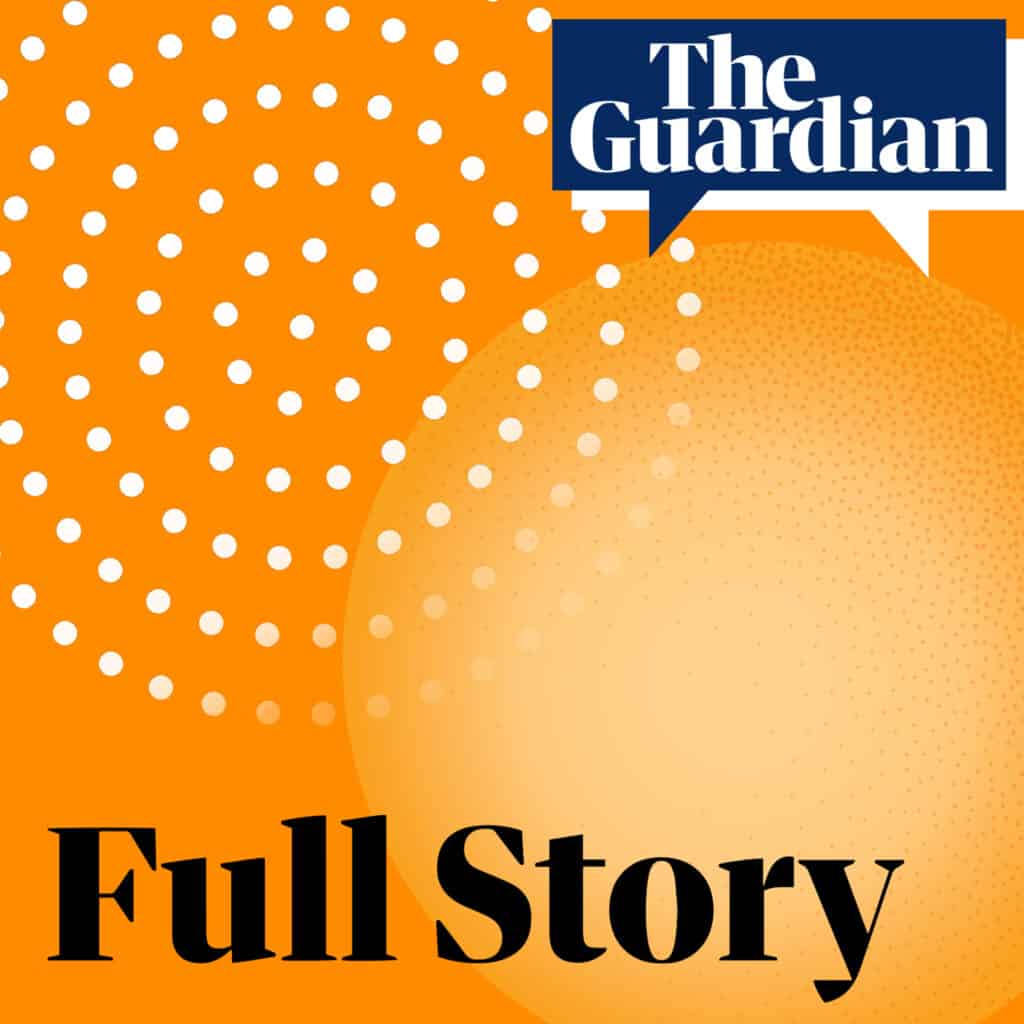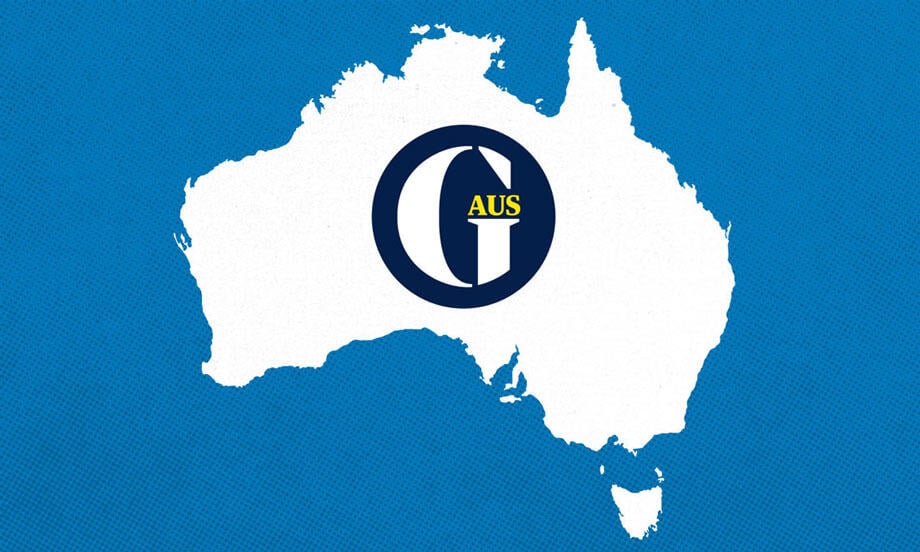Earlier this year The Guardian Australia celebrated its 10th anniversary. At the time of the anniversary, editor Lenore Taylor remembered how there was some doubt if a local edition of the UK news brand would be viable. Then Fairfax chief executive Greg Hywood called it “a good brand in a few suburbs in London”, adding Australia was well-served by existing players.
It proved to be an underestimation of the appetite for what the news site would deliver and how it would be accepted.
Ten years after launch The Guardian Australia has a secure place in the media landscape. In the Ipsos iris ranking of news websites, The Guardian Australia sat at #6 for July 2023. It sits one spot ahead of The Sydney Morning Herald and just below Daily Mail Australia.
The Guardian Australia’s total staff of 160 serve up a product that has a growing market.
Mediaweek spoke with Lenore Taylor and commercial director and acting MD Mason Rook to hear about recent performance and where the brand is headed.
Taylor started with a summary of its business success. “The business plan originally was for the Australian operation to break even in five years. We over-achieved on that, and we paid [launch investor] Graeme Wood back his seed loan. Guardian Australia has been profitable ever since.”
The revenues have been healthy with support in some way from around 130,000 readers and increasing ad revenues.
Audience growth
Ipsos iris estimates the monthly audience for the news brand at over 7m.
LT: “Our audience numbers really spiked during the Covid years, but the trajectory of page views has been steadily increasing over the years.
“This year in particular our coverage of the Women’s World Cup was a standout. Before we even got to the final, the coverage had more readers than all the Men’s World Cup. We always do very well during election periods too, both for Australia and US elections.”
Mason Rook: “When you look at our audience growth over the five years, the compound growth is 47%.”

Guardian Women’s World Cup traffic highlights
• The Women’s World Cup drove Guardian Australia’s 4th, 5th & 6th biggest days of sport traffic since 2018 (behind Djokovic being sent home and Shane Warne’s death)
• The Women’s World Cup overtook the Ashes for local traffic during a sporting series, in almost half as many days
• Australia’s quarter-final win over France became the Guardian’s third biggest live blog ever for a women’s football match, amassing over one million page views
• Australia’s semi-final loss to England became the Guardian’s biggest live blog ever for a women’s football match, amassing over two million page views
• The day of the quarter-finals (12 Aug 2023) was the Guardian’s biggest day for sport (globally) since England’s World Cup quarter-final last year (10 Dec 2022)
Revenue performance
LT: “Revenue, like audience growth, was up strongly in Australia in the past year – both ad revenue and reader revenue.”
MR: “Our revenue was up 24% YOY, just hitting the $50m mark. As Lenore noted, that was driven by strong reader revenue as well as advertising products. Reader revenue accounts for just over 50% of business revenue. We are incredibly proud of that strength and how it is driving return for the business. Not going behind a paywall, like lots of other news brands are having to do. Our readers are actively volunteering to pay for the service regardless of a paywall or not.”
LT: “There is a clear strategy to push growth outside of the UK. There have been investments in both Australia and the US. The business has also launched a new European edition in the past few months.”
MR: “We feel we are at a level of maturity with reader revenue and you could see that start to level off with more modest growth.”

Mason Rook
Advertising not for everyone
MR: “Advertising revenue has been more of a focus on how we deliver a really great user experience whilst allowing readers to choose how they fund our journalism.
“Guardian Australia has a very light ad load with on average 2.4 ads per page. If you look at some other UK publishers in this market they might be in the double digits. The trade-off with that [for the advertiser] is they get a better advertising experience while there is also a better reader experience. Readers understand the ad is helping fund the journalism and comes from a place of much greater trust. We don’t just take anyone’s ad dollar. There are rules around brands we will and won’t work with.
“We made a recent announcement about not accepting ads from wagering and gambling companies. For three years we haven’t taken fossil fuel advertising. Our readers understand and are appreciative of those hard decisions we make.”
See also: The Guardian announces ban on gambling advertising across its global platforms
LT: “Taking wagering advertising was the one thing I received more reader complaints about than anything else. People really hated it and were concerned when they appeared. The change has been very well received when there was also a spike in reader revenue.”
MR: “We have completely changed our commercialisation approach. We have taken measures to exit the open marketplace because they are not great ads, it’s where some scam advertising comes from it doesn’t represent the brand The Guardian is. We have built a top-of-the-funnel direct relationship sales approach.
“With the death of the third-party cookies and the importance of data privacy, we are attracting brands that want to work with publishers that are taking this stuff seriously.
“From a product point of view, our video and podcasting strategy has been working well. We now have the Full Story podcast which was launched three years ago and has grown enormously and now has over 1m listens every week.
“We have really been thinking about what we can do for brands and how The Guardian’s unique relationship with its readers helps bring really smart advertising opportunities to those who want to engage with our audience.”
LT: “We have regular discussions with sales about our editorial standards. I speak with senior members of the commercial team most days.”
MR: “The commercial team and the editorial team have shared values and shared alignment. The advertising team is not going to do something that is purposely detrimental to the Guardian brand. Likewise, the editorial team is the same.”

Lenore Taylor
Guardian Australia subscriber numbers
LT: “There are different ways to measure our subscribers. Some people are recurring contributors and others are single contributors. When talking about subscribers we usually quote paid relationship numbers. That includes any sort of customer including people who buy the Guardian Weekly magazine and app subscribers.”
For people enjoying the news brand for free, there is regular messaging on every page view about how they could help finance the publisher.
LT: “The messaging to readers is tweaked and revised over time. Sometimes it is targeted to a particular event or moment. Overall the message has the same theme – if you can pay then you are helping the site to remain open and free for people who can’t pay. It’s been [a successful strategy] since we launched and the underlying message hasn’t changed. The number of people paying us has continued to climb.”
Editorial initiatives
LT: “When we look at something we want to invest in, like a new editorial product or project, traditionally I would sit down with the managing director and talk about what we would like to do over a 12-month period and we’d look at them from an editorial point of view and also a commercial point of view. If it is something that could wash its face in a short period of time then it has a better chance of getting through the budget process.
“If it might be something of an experiment on the editorial side that can work with current staffing and funding then will just do it and see where it leads.”

The flagship weekly podcast
Current editorial hits
LT: “We are doing a lot on the referendum. Many of the pieces are very well-read. Also, cost of living and housing content is doing very well. Our politics coverage is also very well-read.
“We are about to launch our biennial Bird of the Year competition which is always fun.
“We continue to experiment with podcast ideas.
“The newsroom has been reoriented back to conducting more investigations, deeper dive journalism. We are also investigating collaborations with other newsrooms to see if we can extend our reach that way.”
Mediaweek newsroom visits. See also:
Anthony De Ceglie keeps The West Australian in the middle, yet as provocative as possible
Craig McPherson: Seven News working on metro clean sweep in best year of ratings in a decade
